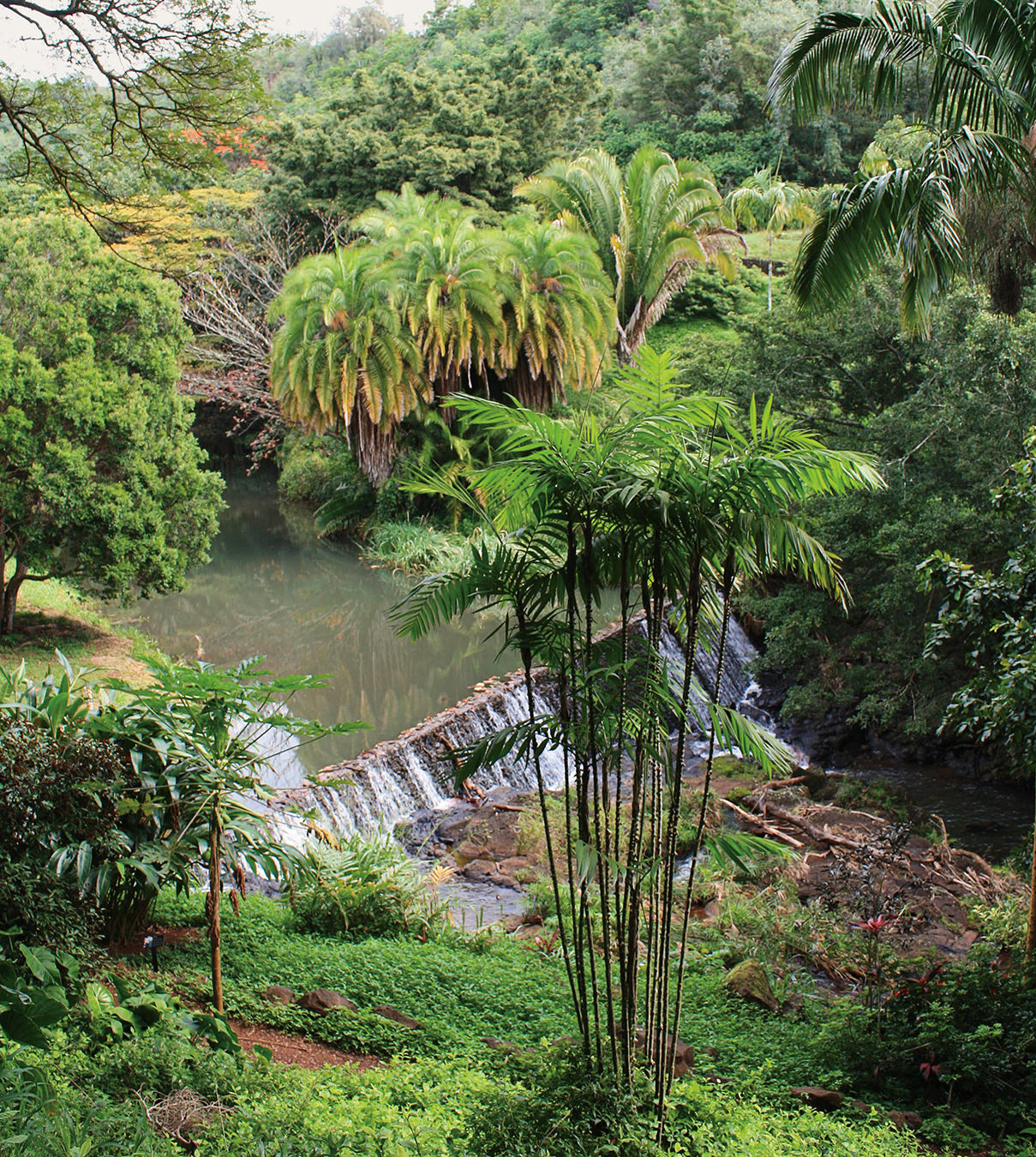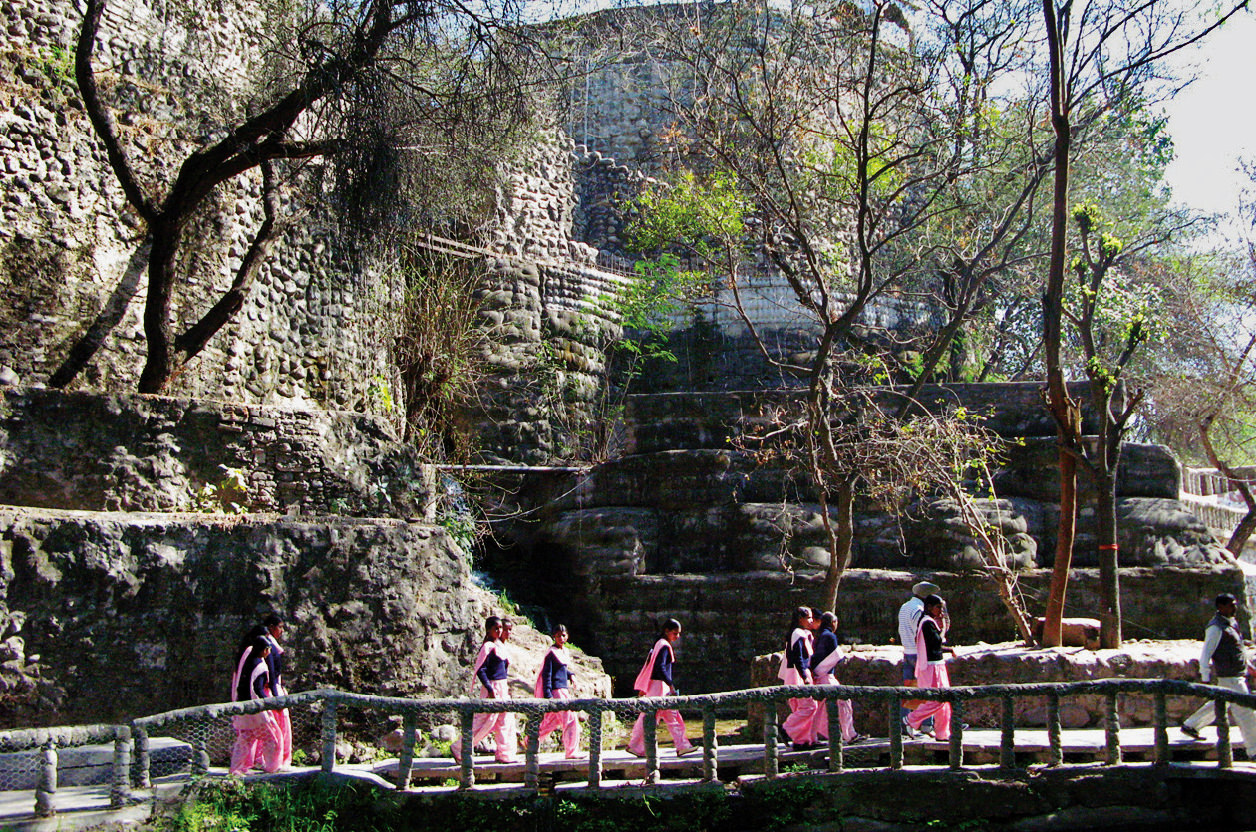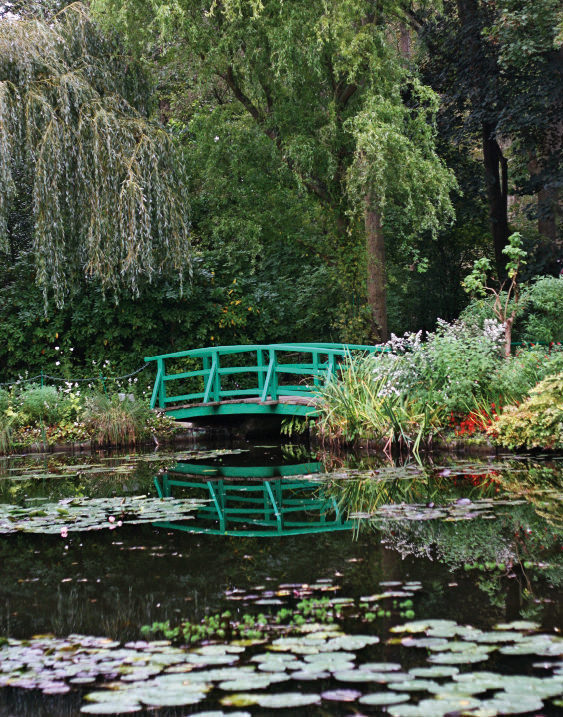The Poison Garden of Blarney Castle
Plants to cure or kill.
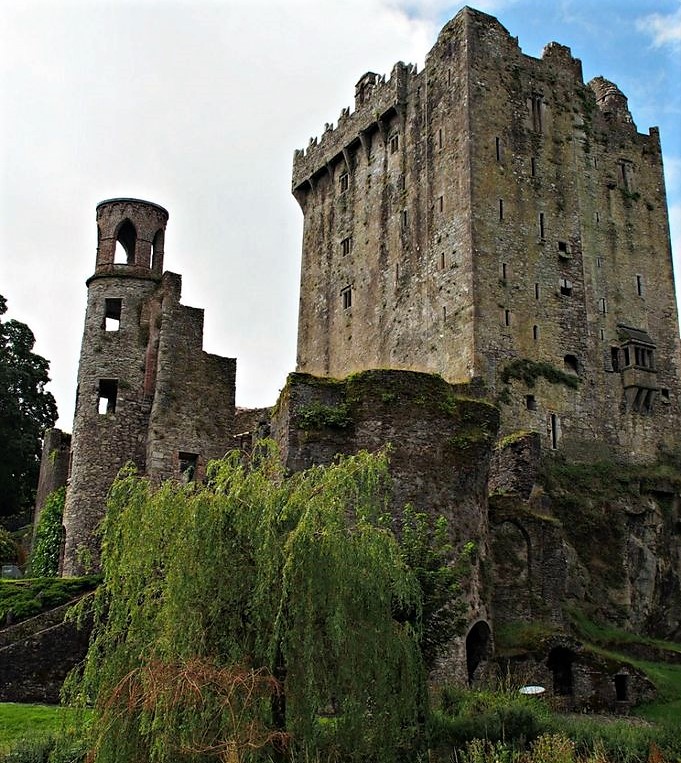
For several hundred years, pilgrims have been climbing the steps to kiss the Blarney Stone and get the gift of gab.
The landscape of the medieval Irish heritage site Blarney Castle & Gardens sprawls over 60 acres, and is filled with palm trees, exotic flowers, parklands, a palpable air of mysticism, and an undeniable aureola of danger. This is in part because, despite its great beauty, the castle is home to one of the most poisonous gardens in the world.
Blarney Castle was built in 1210; any visit to the site must include a tour of its hallowed halls and a chance to become familiarized with its legends. Key among them, the legend of the Blarney Stone, of course. Any daring adventurer who reaches the top of the castle and takes in the view of the various waterways and arboretums must bravely kiss the Stone—bravely, because this is done 27 meters above ground, while leaning backwards and only holding onto the parapet. It’s said those who smooch the stone earn the gift of eloquence, though one could understandably be rendered speechless by the feat. Not frightened yet? Descending visitors pass by grisly castle features like a murder hole (a kind of medieval home defense mechanism), a dungeon, and many musket loops.
The sign greeting the visitors is not to be taken lightly: “Enter at Your Own Risk.”
These tantalizingly macabre elements effectively pique one’s curiosity to see the lush poison garden, located alongside the castle fortifications. This otherworldly botanical oasis flourishes beyond a thicket of toxic Golden Chain trees with dangling yellow flowers. Beyond their vivid tendrils, time truly stands still. With one caveat: it is not the ideal location to stop and smell the roses, for all the blooms growing here are deadly. Some of the most pernicious plants must be contained within steel cages to prevent them from being sniffed, eaten, or even touched. Children can visit, however they must be accompanied by an adult at all times. The sign greeting the visitors is not to be taken lightly: “Enter at Your Own Risk.”
The garden, a relatively recent addition to the castle, was created with the purpose of educating visitors about the poisonous plants that can be found both in the wild and home gardens alike. It aims to illustrate the various uses of the plants, including uses in modern and traditional medicine. Taking a stroll amongst the world’s most deleterious plants, one may spot the deadly nightshade, the opium poppy, hellebore, Ricinus communis (the castor oil plant is deadly even in the tiniest amounts), poison hemlock (associated with potions, lethal to both animals and humans, and used in Ancient Greece to poison condemned prisoners), and Mandragora officinarum (European mandrake). For those interested in botany, science, and even witchcraft, there are plenty fascinating finds through the eerie, unquestionably beautiful poison garden at Blarney Castle.

This toxic garden has a hauntingly beautiful setting.

At one time, women used eye drops containing an extract of this plant to dilate their pupils and make them appear seductive.
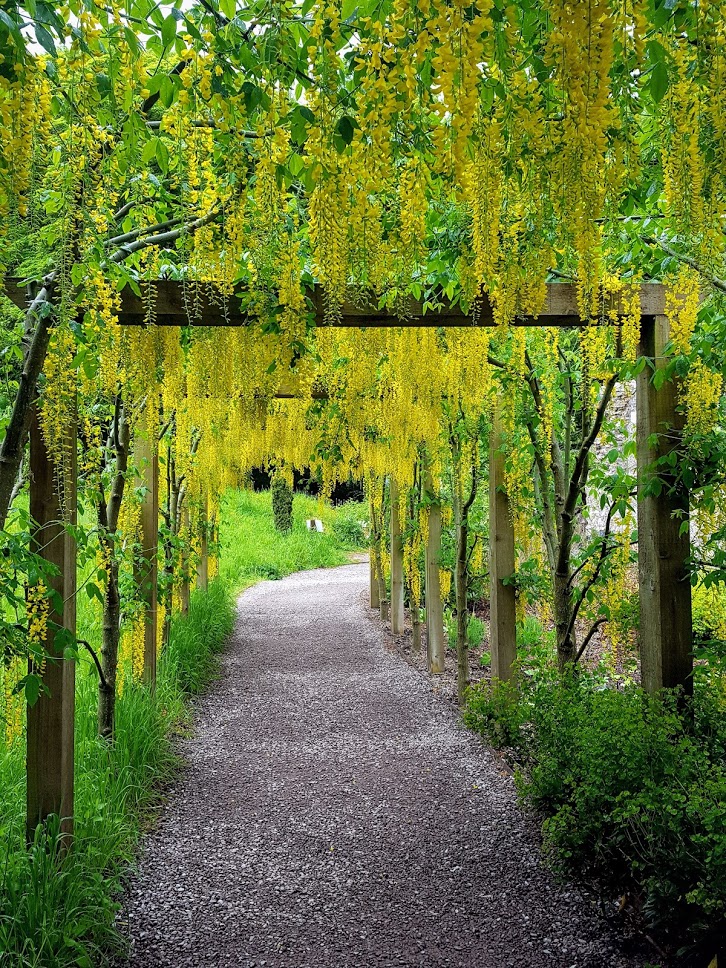
Golden Chain trees with dangling flower-draped arches at Poison Garden make for a grand entrance.
Poison Garden at Blarney Castle & Gardens, Monacnapa, Blarney, Co. Cork, Ireland.
Photos by Christine Elizabeth Laprade.
_________
Never miss a story. Sign up for NUVO’s weekly newsletter.

